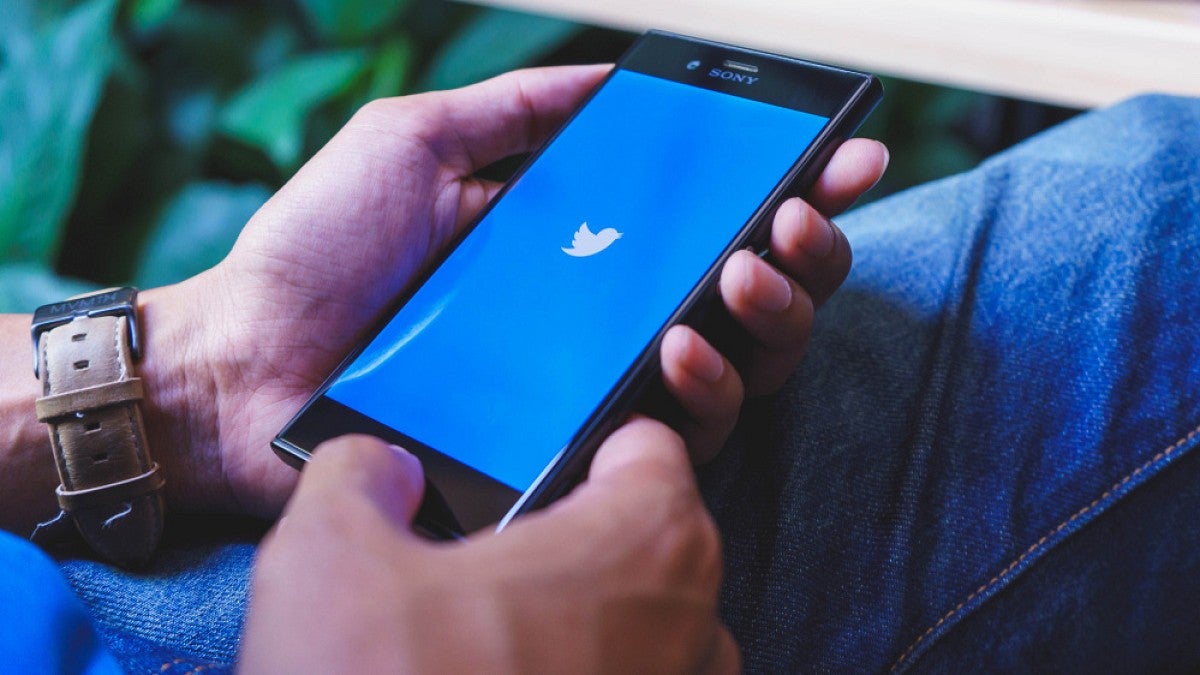Homophobic language runs rampant on social media, but UO sociologist C.J. Pascoe wanted to investigate whether the trend actually reflects a widespread sentiment about homosexuality.
Are people spouting words like “faggot,” “so gay” and “dyke” over their digital platforms because they want to broadcast their negative feelings about the gay community? Or, she wondered, is something else driving that discourse?
So Pascoe turned to Twitter to examine the use of one of the more prevalent phrases: “no homo,” short for “I am not a homosexual.” The phrase has been tweeted more than 14 million times since 2012, according to a website run by the University of Atlanta that tracks homophobic language online.
Through an analysis of 1,061 tweets, Pascoe found that the majority of tweets that contain this specific epithet were actually not used to convey a dislike of homosexual individuals. Rather, it was being used as a defense by males concerned how such comments would reflect on their masculinity.
“This was really surprising to us. We expected that more of this content would be aggressive and directed at gay people,” Pascoe said.
Instead, she discovered that “no homo” was most often employed by heterosexual men to convey positive emotional expressions like pleasure, desire, affection, attachment and friendship.
“The vast majority of people are using ‘no homo’ to talk about happy things or things that they like,” Pascoe explained. “Or, they’re using the phrase as an expression of friendship or fondness for another individual.”
One example can be seen in a tweet indicating a liking for a song from the animated movie “Frozen,” which stars a perky blonde princess named Elsa.
“I may or may not have ‘Let it Go’ on my iPhone. … #NoHomo #SeriouslyNoHomo (with blushing face emoji),” a male user posted on his twitter account.
That was just one of a host of posts where Pascoe saw users coupling “no homo” with their affection for things running the gamut from singers to movies to athletes to hot cocoa.
The other primary use of “no homo” that Pascoe observed is when the phrase is paired with a sentiment that she refers to as “deep affection.” This, she explains, is when male Twitter users convey their emotional attachment to one another.
“These tweets usually express feelings about missing a friend, looking forward to seeing a friend or loving a friend,” she said.
She points to a conversation between two male friends to illustrate that use of “no homo.”
“You need to move back. I actually miss you. #nohomo,” a man tweeted to his male friend who had relocated to another state.
Pascoe believes the reason that men are using “no homo” in both of these ways is to protect their own masculinity. The homophobic phrase provides a shield for them to feel safe when they express positive feelings or emotions, which is something that society has conditioned men to fear, she said.
“We socialize boys and young men to think it’s unacceptable to have these positive emotions,” Pascoe said. “The phrase ‘no homo’ carves out a space for them to express positive emotions without threatening their masculinity.
“We’re not seeing an anti-gay sentiment in a deep way. We’re seeing a commentary on how we socialize boys to repress positive emotions without some form of aggression to shore up their masculinity. It’s a way for them to say I’m not feminine, I’m not a woman, I’m not gay; I am a man and I am powerful.”
Pascoe’s findings are consistent with some of the other research she’s published. Pascoe specializes in masculinity, youth, homophobia, sexuality, new media and the various ways that these things are interconnected.
In her book “Dude, You’re a Fag: Masculinity and Sexuality,” she reveals a relationship between homophobic harassment and masculinity in high school. Her findings outline how youths often use homophobic language to protect traditional gender norms of masculinity, which has some parallels to her latest study.
“We are finding that these are more stories about gender and less about homophobia,” although homophobia certainly does still exist, she adds.
While the prevalence of homophobic language online is nothing to celebrate, Pascoe found a shard of hope buried in the heap of ill-phrased tweets – though it still reflects problematic practices and societal realities.
“On the one hand, it’s great that men want to express positive sentiments,” Pascoe said. “On the other hand, it’s really sad we’ve given young men the message that they can’t express love, friendship and positive emotions without using a homophobic epithet to make it acceptably masculine.”
—By Emily Halnon, University Communications


